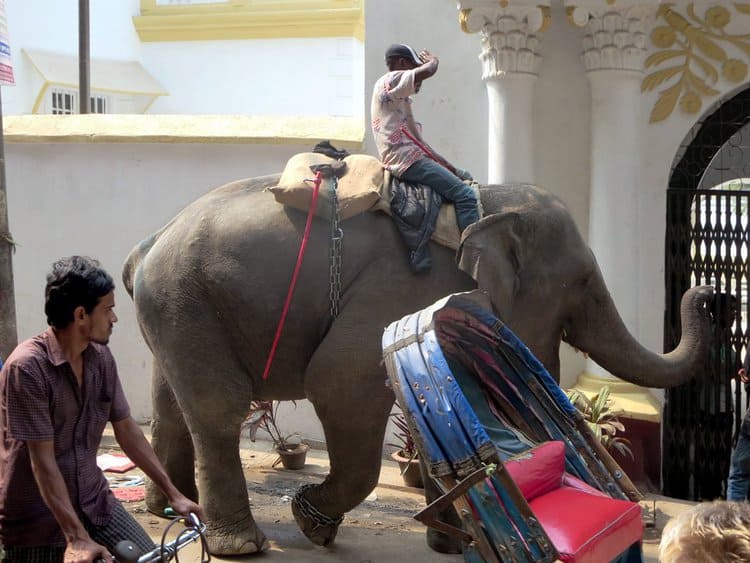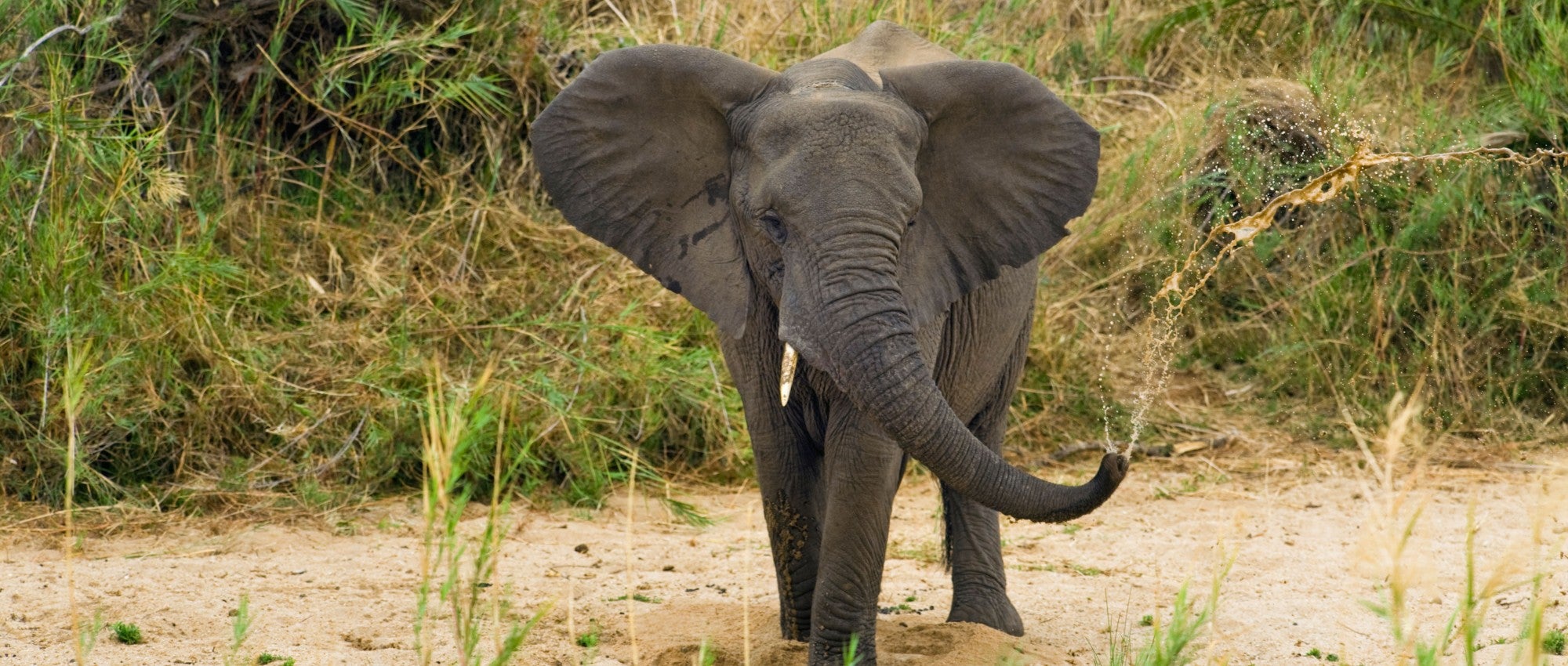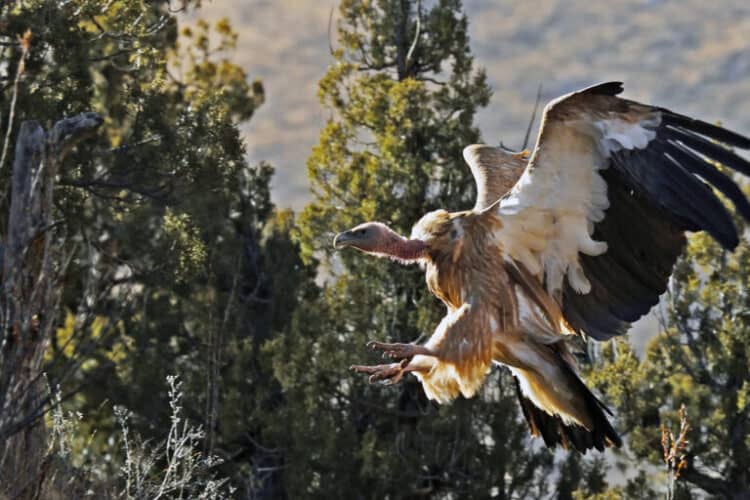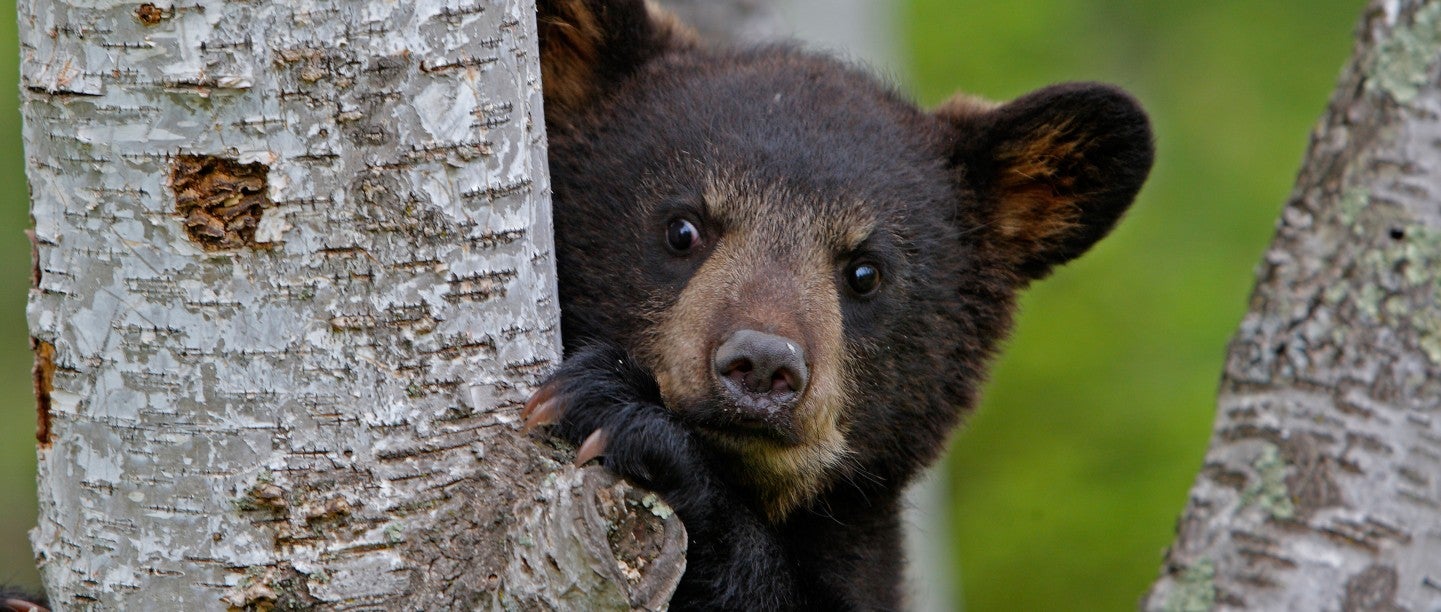On May 17, an elephant was killed after a train hit it in the capital Dhaka’s Uttara area. The incident took place in the Court Bari area while two captive elephants, guided by their mahout, were crossing the railroad tracks.
Immediately after the incident, the mahout fled the spot, and nobody took responsibility for the incident, sparking widespread criticism by wildlife experts and animal rights activists for not taking proper measures to protect the captive Asian elephants, which are critically endangered in Bangladesh.
When the news of the elephant’s death spread, wildlife lovers rushed to the spot but no wildlife conservator came immediately. As the elephant was still alive and trying to stand up while bleeding, people gathered around were trying to save the injured animal’s life by pouring water on it. But, finally, it succumbed to the injuries on the spot.
Later, animal lovers and animal rights activists held a demonstration in front of the Forest Department office (Ban Bhaban) in the city’s Agargaon area with banners and festoons.
Captive elephants have a long history in the region. In the 19th century, wild elephants were abundant throughout the Bengal region, frequently raiding crop fields. Several landholders kept tame female elephants as decoys for capturing these wild elephants. Elephants were also sometimes hunted and killed for ivory. About a hundred years ago, elephants were still abundant in most of the forests here, even in the Madhupur forests near present-day Dhaka.

Many large landowners, or zamindars, owned elephants. In former times, many elephants were captured annually and given by the zamindars to the government as payment, or tax, for land revenues. The revenue collectors then sold them.
Elephants were brought to Peelkhana, a royal elephant stable in Dhaka, from various parts of the then-Bengal for training before being sent to different parts of British India, where they were used by the British army to carry guns and for the British commissariat.
Elephants were captured using a khedda, an enclosure constructed to capture wild elephants for domestication. This indigenous device was first used in Bangladesh in 1868. The Forest Department used it from 1915-16, research showed in 2011.
Many elephants were captured for domestication in Bangladesh during the 19th and 20th centuries. Just a few years before the Partition of India in 1947, wild elephants had been extirpated from many areas where they were abundant.
The research revealed that about 1,534 wild elephants were captured in the present-day Bangladesh between 1868 and 1985, while 916 elephants were captured in Dhaka Hill (Madhupur) from 1878-80 and 471 elephants in the Chittagong Hill Tracts and Chittagong from 1947-62.
Domesticated elephants were also used in circuses to entertain spectators. Circus owners hired domesticated elephants from different parts of the country and used them for display in the circus.
According to a 2016 survey by IUCN Bangladesh, a total of 96 registered elephants were found in captivity, and of those, 82 were under private ownership.
In addition, there were a number of captive elephants in Bangladesh. Most of the captive elephants were used in the timber industry and circus.
Of the captive elephants found between 2002 and 2006, 74 were log haulers (of 17 government-owned elephants, 13 were log haulers), 17 were circus elephants, three were zoo elephants and the Betbunia Police Station in Rangamati owned one.
“There are now over 100 captive elephants in Bangladesh, but only 25 of those were registered to the Forest Department,” forest conservator Imran Ahmed told Mongabay.

The zamindary system no longer exists, and the circus is hardly found in Bangladesh, but a large number of Asian elephants remain in captivity. These elephants often face cruelty from their owners while they are rented to others.
These captive elephants have also been used in illegal toll collections by passersby by blocking their paths, roaming from one place to another in the country, which has sparked widespread criticism about the mismanagement of the domesticated elephants.
According to wildlife experts, the mahouts and owners are largely ignorant about their captive elephants’ legal status and necessary diet, while proper veterinary care is absent too.
Tapan Kumar Dey, former deputy chief forest conservator, said owners of the captive elephants must have licenses from the Forest Department but most of them have no license.
“And those [that] have the license are not following the conditions of a license, but their captive elephants are being used in illegal toll collection,” he said.
Monirul H. Khan, a zoology professor at Jahangirnagar University, said it is the responsibility of the Forest Department to monitor whether the owners of the elephants are following the rules and regulations to this end.
Given the example of Sri Lanka, Tapan said Bangladesh should establish an elephant orphanage to manage the country’s captive elephants.
“If we can establish an elephant orphanage to conserve the captive and hapless elephants, including injured or sick ones, it will help promote our tourism too,” he said.

Monirul suggested that the Bangladesh government allocate a budget for establishing an elephant orphanage.
“Keeping elephants and managing food for them is a quite difficult task. If an elephant orphanage is established, it will be good for conserving this critically endangered animal,” he said.
Imran said the Forest Department has been working on finding conservation methods for the captive elephants.
“We must conserve our captive elephants. We have already sent letters to 25 owners of elephants, who have licenses, warning that if they violate any conditions of the license, action will be taken against them,” he said.
The forest conservator also said talks continue to amend the concerned rules and regulations to bring the captive elephants under the control of the department and “we will soon hold meetings among the stakeholders concerned.”
The Forest Department has sent a proposed elephant conservation project with the suggestion of establishing an elephant orphanage to the Ministry of Environment, Forest and Climate Change.
“We must build an orphanage to keep captive elephants. … If the ministry approves the proposed project, we will have many things to do,” Imran added.
Citations:
Islam, M. A. (2011). The status of Bangladesh’s captive elephants. FAO. Retrieved from https://www.fao.org/3/ad031e/ad031e0b.htm
IUCN. (2016). Status of Asian Elephants in Bangladesh. IUCN. Retrieved from https://portals.iucn.org/library/sites/library/files/documents/2016-085.pdf
Islam, M. A., Saimul, M., Chowdhury, G. W., Chowdhury, S. U. (2011). Current Status of Asian Elephants in Bangladesh. ResearchGate. Retrieved from
https://www.researchgate.net/publication/265216413_Current_Status_of_Asian_Elephants_in_Bangladesh
This article by Rafiqul Islam was first published by Mongabay.com on 10 July 2023. Lead Image: Tourists going on a ride on a captive elephant. Image by SabbirAbeir (Md Sabbir) via Wikimedia Commons (CC BY-SA 4.0).
What you can do
Support ‘Fighting for Wildlife’ by donating as little as $1 – It only takes a minute. Thank you.
Fighting for Wildlife supports approved wildlife conservation organizations, which spend at least 80 percent of the money they raise on actual fieldwork, rather than administration and fundraising. When making a donation you can designate for which type of initiative it should be used – wildlife, oceans, forests or climate.







Leave a Reply